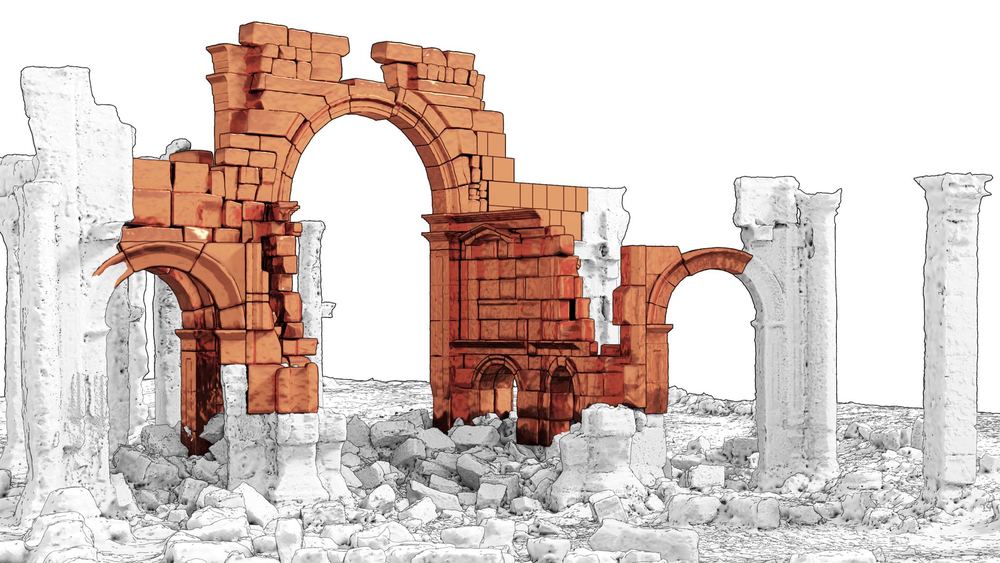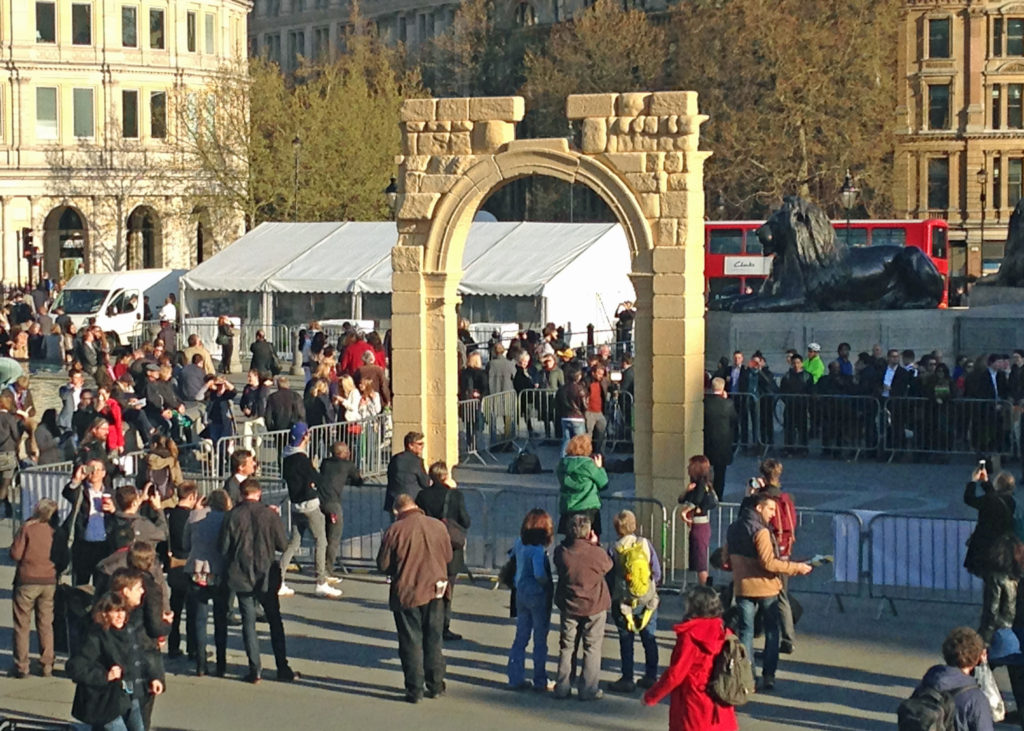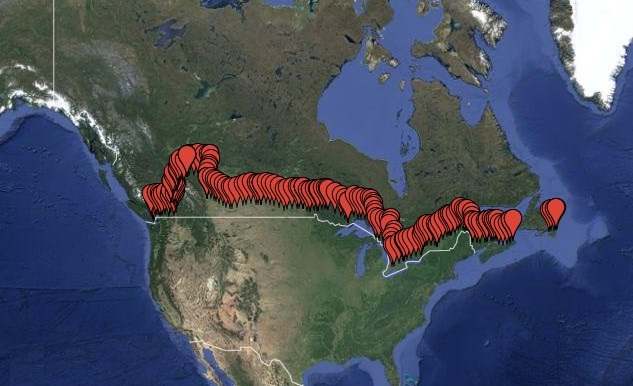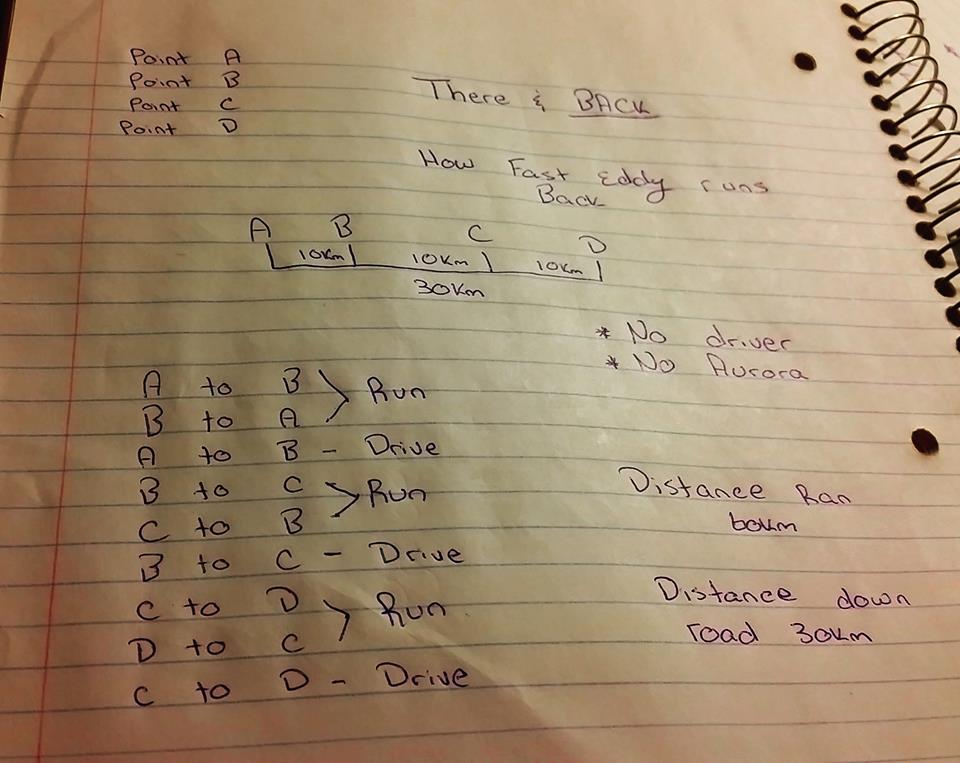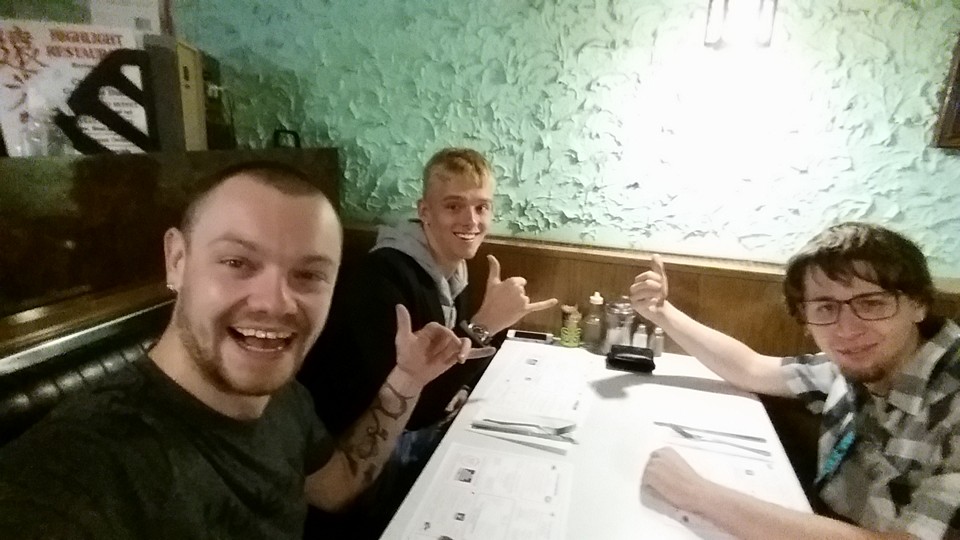Day of the Dead is a holiday celebrated throughout Mexico. The celebration focuses on gatherings where family and friends pray for and remember those who have died, in order to support their spiritual journeys. In 2008, the tradition was inscribed in UNESCO’s Representative List of the Intangible Cultural Heritage of Humanity.
It is not only a very emotional time, but also an important holiday in which pre-Hispanic culture meets the Catholic church. The sadness of the loss of loved ones blends with celebration because death, as the Mexicans see it, is not a definitive end to life but is just another kind of life. According to Mexican belief, the souls of the dead come to earth in this time period to visit their relatives. And they lay flowers, fruit, pastries or drinks on the graves of their loved ones.
The production Motus Prague, in cooperation with Cristina Maldonado, brings a bit of Mexico to the Czech lands — all with the support of Prague 7 City District and the Embassy of Mexico in the Czech Republic.
In the surroundings of Stromovka park, parents and children experience the traditional customs and various cultural events — for the kids the events are staged by Toy Machine and Nebezpečné divadlo/Dangerous Theatre, and Aztec dance performance by Juan Manuel Garcia.
They also enjoy live Mexican music by Sombrero Negro. Participants can take part in special food making, such as decorating skull lemon cookies by Prague Pie Hole, or can simply taste various the Mexican dishes provided for festival goers.
Children also engage in a large number of workshops, such as hand-made lanterns by Artual, masks by Kreslírna/Artroom Letná, and clay graffiti by Muddum.
By Michaela Škvrňáková
Photos: Michaela Škvrňáková

















